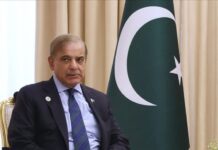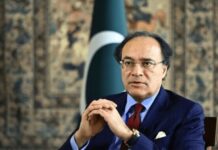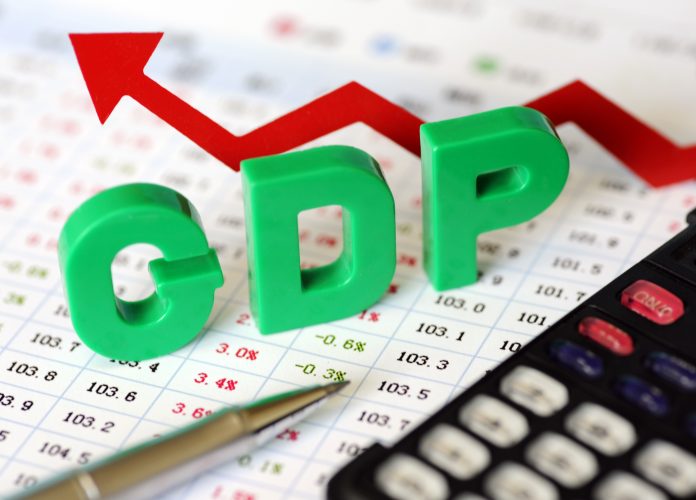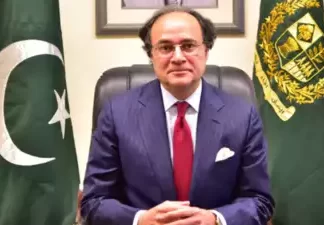- Economic growth is projected to continue its upward acceleration in the coming years.
The government’s concerted efforts have helped in bringing down fiscal deficit which would be further reduced to 3.5 percent of Gross Domestic Product (GDP) by 2018-19.
The concerned authorities have set 3.8 per cent fiscal deficit target for the current year 2016-17 which will be further brought down.
Fiscal consolidation remains on track as fiscal deficit continued to fall for the fourth year in a row. The fiscal deficit was contained at 8.2 per cent in 2012-13 (down from a projected 8.8 per cent).
The fiscal deficit was reduced significantly in 2013-14 and recorded at 5.5 pc of GDP (lower than its budgeted target of 6.6 per cent) and recorded at 5.3 per cent of GDP in 2014-15.
Fiscal deficit was reduced further to 4.6 percent of GDP during 2015-16 supplemented by enhanced revenue mobilisation and rationalisation of non-development expenditure.
Enumerating the main steps taken by government to reduce dependence upon foreign and domestic loans, sources at Finance Division on Saturday said it might not be out of place to mention that borrowing both domestic and foreign is undertaken to meet fiscal deficit as can be seen from above, there has been a dramatic decrease in fiscal deficit as a result of which borrowing requirement have also been slashed as percentage of GDP.
Furthermore, the sources said by increasing domestic revenues, the dependence on loans is reduced as the fiscal gap is narrowed. In this context, domestic resource mobilisation strategy helped in achieving higher revenue growth and tax-GDP ratio in recent years.
The FBR tax revenues have also increased significantly during the last three fiscal years. In 2012-13, the revenue collection was Rs1,946 billion which has increased to Rs 3,112 billion in 2015-16, registering an overall growth of around 60 per cent while Tax-to-GDP ratio which was below 9.8 per cent of GDP in 2012-13 has been increased to 12.4 per cent of GDP during 2015-16.
The sources said development budget has been gradually and adequately raised in order to meet investment requirements of a growing economy.
Federal Public Sector Development Programme (PSDP) gradually increased from Rs.348.3 billion during 2012-13 to Rs.800 billion for 2016-17, showing a cumulative increase of over 129 percent.
The sources said Pakistan’s economy continues to maintain its growth momentum above 4.0 percent for the 3rd year in a row with real GDP growing at 4.71 percent in 2015-16 which is the highest in eight years. Economic growth is projected to continue its upward acceleration in the coming years.
The conducive economic environment coupled with a supportive monetary policy provided opportunities for the government to reduce the interest rates on its wholesale debt instruments along with aligning the rates on retail debt instruments with market yields.
As a result, the cost of domestic borrowing has been substantially reduced as the weighted average interest rate on government domestic debt portfolio is reduced to a single digit by the end June, 2016.
Accordingly, the sources said the government domestic interest expenditure is reduced to 26pc of total revenue during 2015-16 as compared with 31pc during the last fiscal year.























